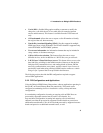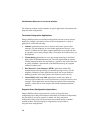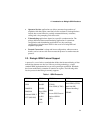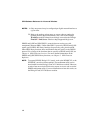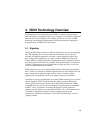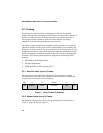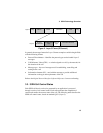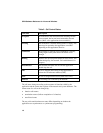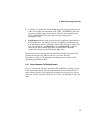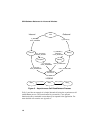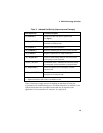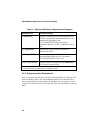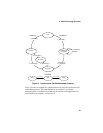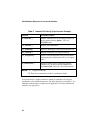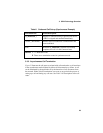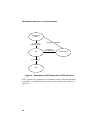3. ISDN Technology Overview
17
• In general, in asynchronous mode, events trigger the transitions between call
states. For example, the termination event, CCEV_ANSWERED, causes the
call state to change to the Connected state. Likewise, the unsolicited event,
CCEV_DISCONNECTED, causes the call state to change to the
Disconnected state.
• Synchronous functions return at the successful completion of the function or
if the function fails. The function waits for a completion or failure message
from the firmware before it terminates, and the call transitions to another call
state. For example, the cc_MakeCall( ) and cc_ReleaseCall( ) functions
cause the call state to change upon their successful return. (Note that
synchronous functions return information, not events.)
The following sections describe the state transitions for both asynchronous and
synchronous call processes. (Refer to the Voice Software Reference -
Programmer’s Guide for the appropriate operating system for details on the
supported programming models.)
3.3.1. Asynchronous Call Establishment
Figure 3 illustrates the call states associated with establishing or setting up a call
in the asynchronous mode. The call establishment process for outbound calls is
shown on the right side of the diagram; the inbound call set up process is shown
on the left. All calls start from a Null state. See Table 2 for descriptions of the call
states.



